Skin Information
Skin conditions 101
There are many forms of skin disease which can impact on quality of life that can be far-reaching and profound. These conditions are chronic in nature with treatment focusing on reducing and controlling symptoms. Rashes, flare-ups, and lesions are often very visible to others. People living with a skin condition not only have to cope with how it affects them personally but also with the reaction of those around them.
Remember, skin cancer is the cancer that you can see. To know your skin, look in the mirror and ask, “What’s that?”. Then keep these three words in mind: new, changing or unusual. It could save your life. Be kind to the skin you are in.
Some common skin conditions
A squamous cell carcinoma is a type of skin cancer. There are two main types of skin cancer: melanoma and non-melanoma skin cancer. Squamous cell carcinoma (SCC) is a non-melanoma skin cancer (NMSC), and the second most common type of skin cancer. NMSC accounts for 20% of all cancers and 90% of all skin cancers. SCC accounts for 23% of all NMSC.
A basal cell carcinoma (BCC) is a type of skin cancer. There are two main types of skin cancer: melanoma and non-melanoma skin cancer. BCC is a non-melanoma skin cancer, and is the most common type (greater than 80%) of all skin cancer in the UK. BCCs are sometimes referred to as ‘rodent ulcers’.
What is melanoma in situ?
Melanoma in situ is the very earliest stage of a skin cancer called melanoma. ‘In situ’ is Latin for ‘in space’. It means that the cancer cells have not had the opportunity to spread to anywhere else in the body.
About 8,500 people in Ireland & UK are diagnosed with melanoma each year. The word ‘melanoma’ comes from the Greek word ‘melas’, meaning black. Melanin is the pigment that gives the skin its natural colour. Melanin is made in the skin by pigment cells called melanocytes. After our skin is exposed to sunlight, the melanocytes make more melanin, and so the skin becomes darker.
A squamous cell carcinoma is a type of skin cancer. There are two main types of skin cancer: melanoma and non-melanoma skin cancer. Squamous cell carcinoma (SCC) is a non-melanoma skin cancer (NMSC), and the second most common type of skin cancer. NMSC accounts for 20% of all cancers and 90% of all skin cancers. SCC accounts for 23% of all NMSC.
A basal cell carcinoma (BCC) is a type of skin cancer. There are two main types of skin cancer: melanoma and non-melanoma skin cancer. BCC is a non-melanoma skin cancer, and is the most common type (greater than 80%) of all skin cancer in the UK. BCCs are sometimes referred to as ‘rodent ulcers’.
What is melanoma in situ?
Melanoma in situ is the very earliest stage of a skin cancer called melanoma. ‘In situ’ is Latin for ‘in space’. It means that the cancer cells have not had the opportunity to spread to anywhere else in the body.
About 8,500 people in Ireland & UK are diagnosed with melanoma each year. The word ‘melanoma’ comes from the Greek word ‘melas’, meaning black. Melanin is the pigment that gives the skin its natural colour. Melanin is made in the skin by pigment cells called melanocytes. After our skin is exposed to sunlight, the melanocytes make more melanin, and so the skin becomes darker.
Know your ABCDE’s
Consult a healthcare professional if any of your moles or pigmented spots exhibit any of the below markers.

Benign

Malignant
Asymmetry: One half of the spot is unlike the other half.
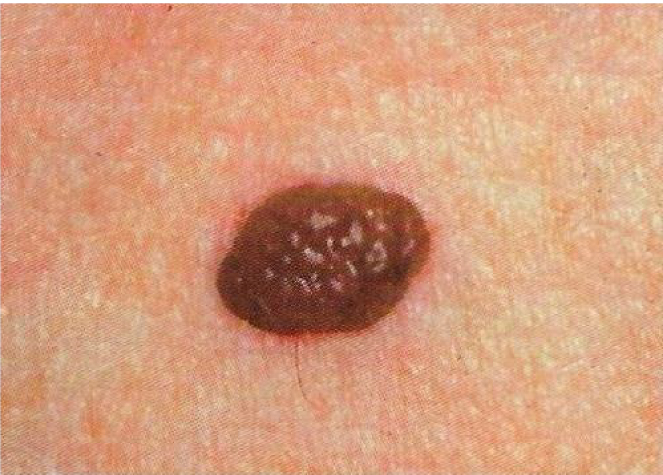
Benign

Malignant
Border: The spot has an irregular, scalloped, or poorly defined border.
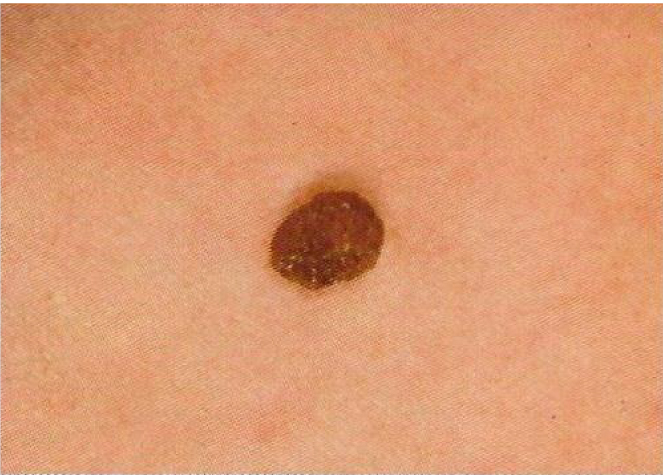
Benign
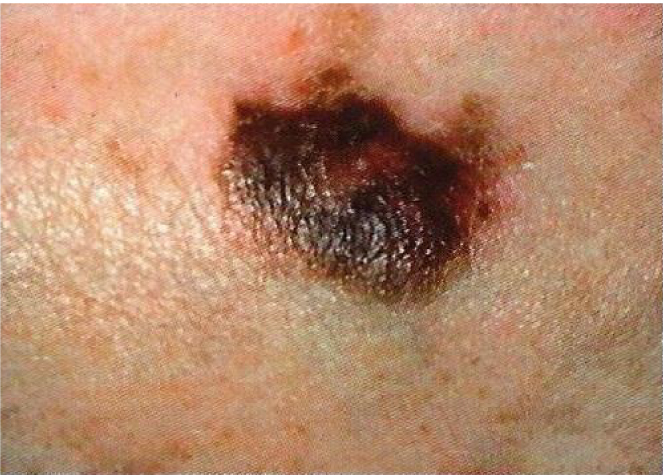
Malignant
Colour: The spot has varying colours from one area to the next, such as shades of tan, brown or black, or areas of white, red, or blue.
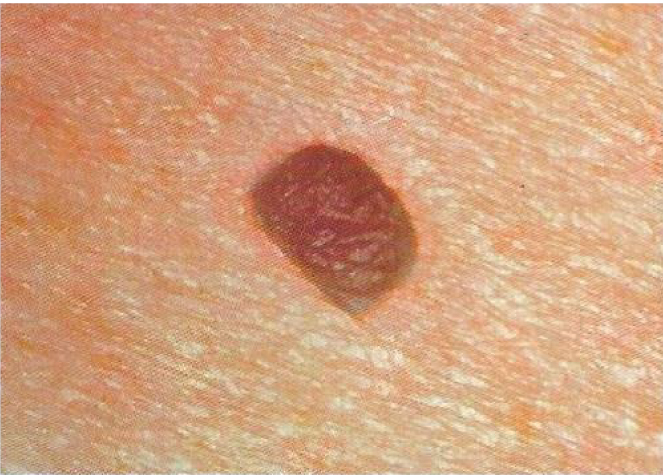
Benign
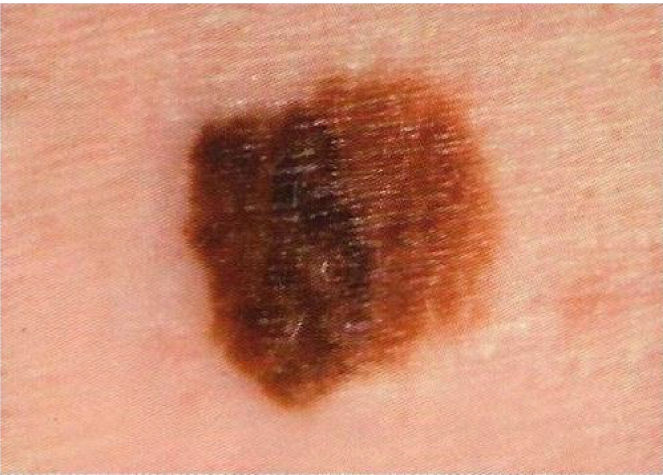
Malignant
Diameter: While melanomas are usually greater than 6 millimetres, or about the size of a pencil eraser, when diagnosed, they can be smaller.

Benign
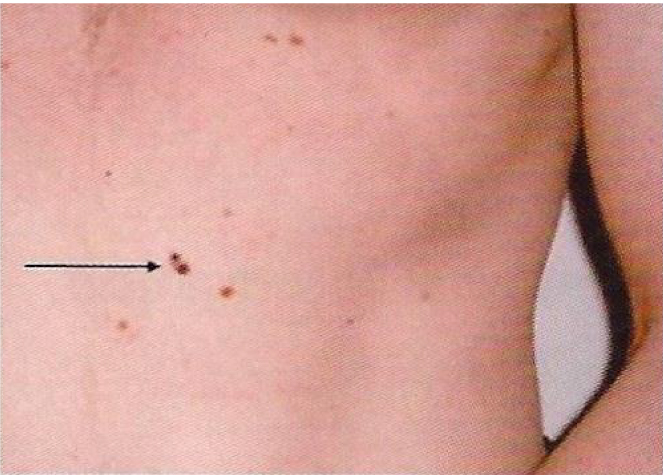
Malignant
Evolving: The spot looks different from the rest or is changing in size, shape, or colour.
Take the worry and anxiety out of waiting to get a diagnosis from a Consultant Dermatologist
AllView Healthcare’s teledermatology is suitable to private and public patients who require an opinion from a Consultant Dermatologist for any dermatological condition visible on the skin (e.g. up to 3 different skin lesions, acne, acute / chronic inflammatory skin diseases)
Our skin advice
Recommended resources
Below are some trusted sources of information on inflammatory skin conditions, skin cancers, and the prevention of skin disease:
Irish Skin Foundation
The Irish Skin Foundation provides impartial information on many of the most common skin conditions, skin cancer, SunSmart ways to prevent skin cancer, and offers a free Ask-a-Nurse Helpline, which you can access by visiting their website.
British Association of Dermatologists
The association produces patient information leaflets on a wide range of skin conditions. These leaflets are written in easy-to-understand language and aim to educate patients about their condition, treatment options, and self-care measures.
DermNet
The DermNet website features an extensive collection of clinical photographs, articles, and educational materials related to dermatology, as well as the DermDiag – a skin checker tool to help you identify a skin condition.


